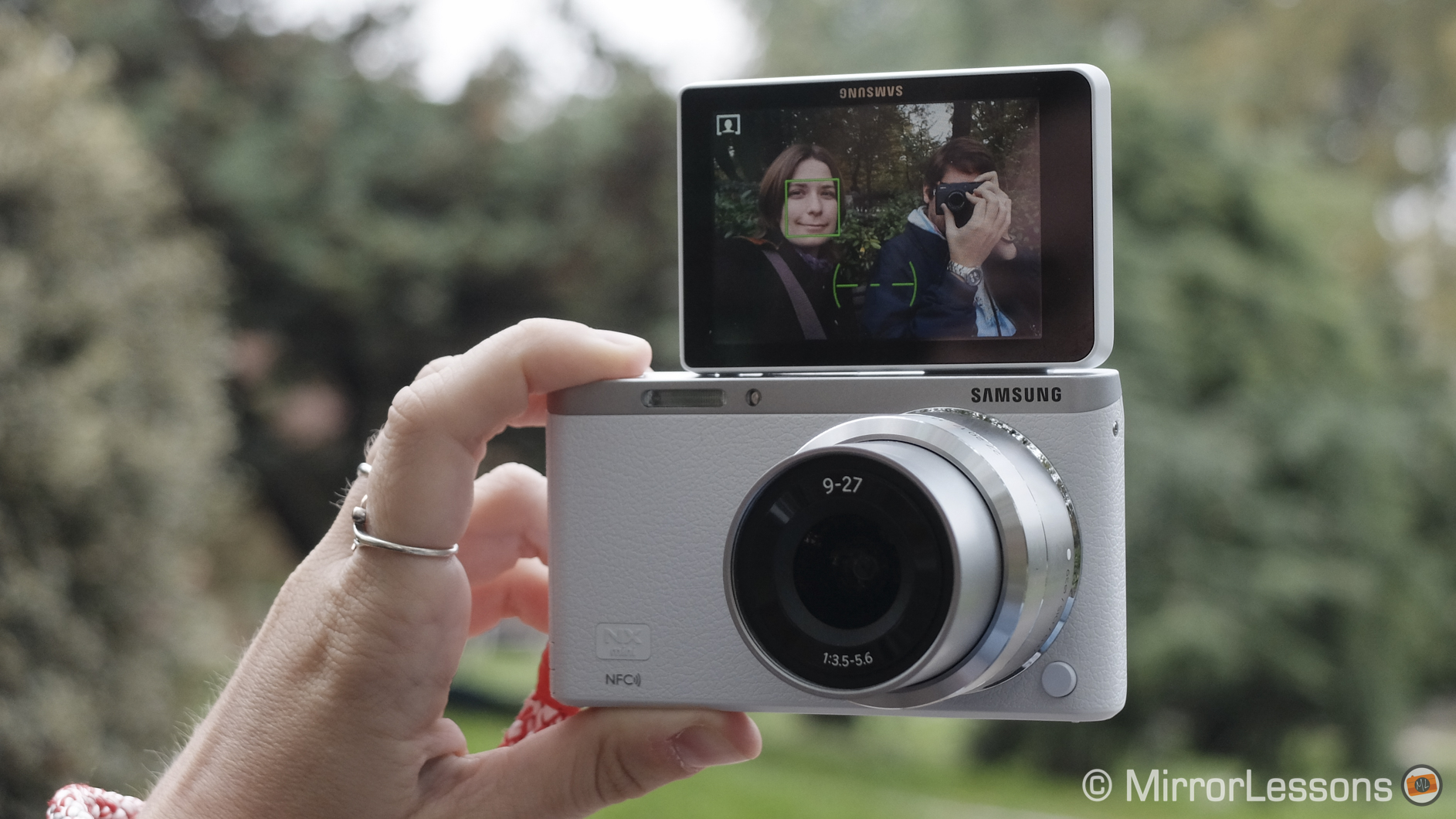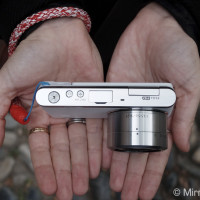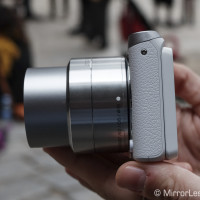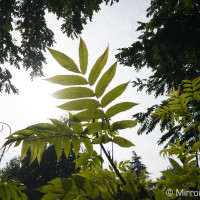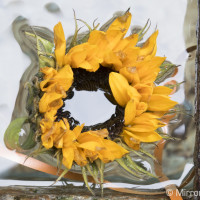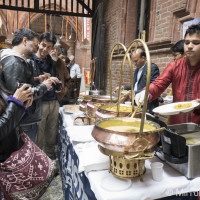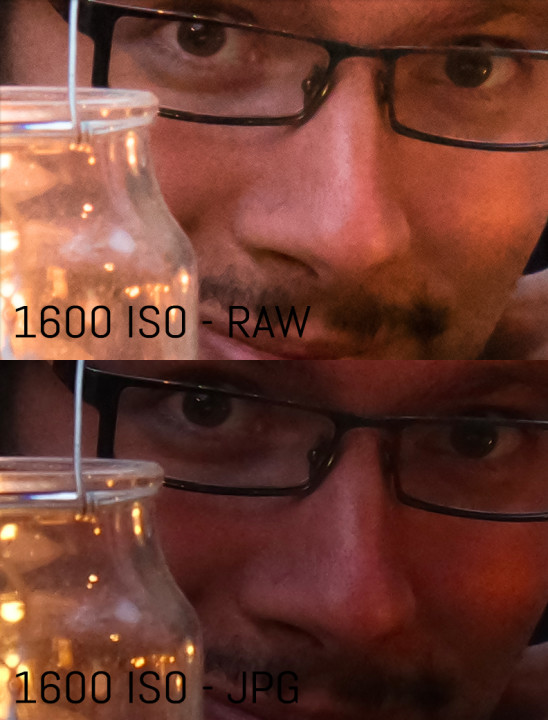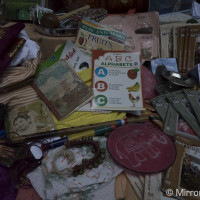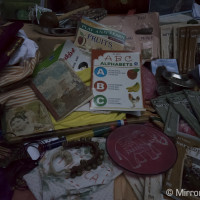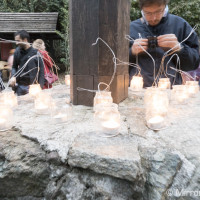Given Turin’s fairly large population of Indian residents, it was far from surprising to discover that a Diwali festival was being held at the Borgo Medievale castle this past Sunday. The “festival of lights” as it is otherwise known is an ancient Hindu festival celebrated on the night of the darkest new moon of the Hindu month Kartika, which is always sometime in October or November.
Since a used Samsung NX Mini had just appeared in the window of our favourite second-hand camera store McDigital, we decided to rent it for the day to document the festivities. It is a camera that I’ve long been eager to try due the very good reviews and its status as one of the smallest interchangeable mirrorless cameras on the market.
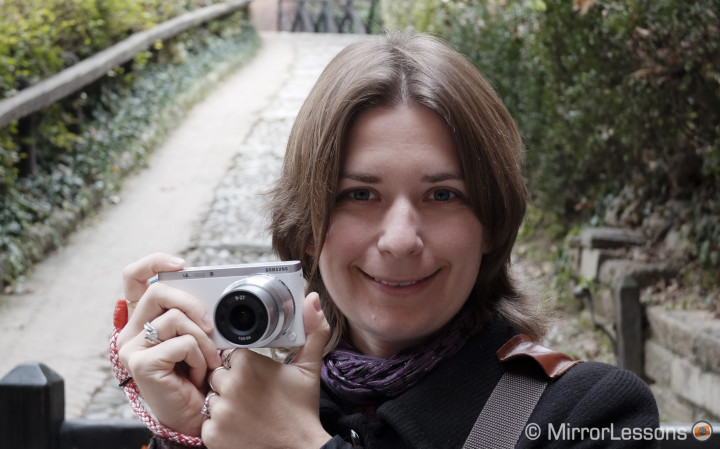
How does it handle?
With dimensions comparable to those of an average smartphone, the NX Mini was the perfect fit for my hands and my jacket pocket. It takes the title for both the slimmest and lightest interchangeable mirrorless camera, and though the 9-27mm lens protrudes when extended, it is very portable overall.
The metal body is smooth and solid yet far from slippery as the chassis is covered with a very nice leatherette finish. While the version I was using was white, it comes in a variety of fetching colours, including light blue, pink, brown and black.
Since there is only one tiny built-in lug on the right-hand side of the camera, I had no choice but to use a wrist strap with a very thin core. As such, I went for the newest version of Tyson Robichaud’s T&T Garda strap–a robust strap made of sailing ropes with a 1mm Dyneema/Polyester Blue core.
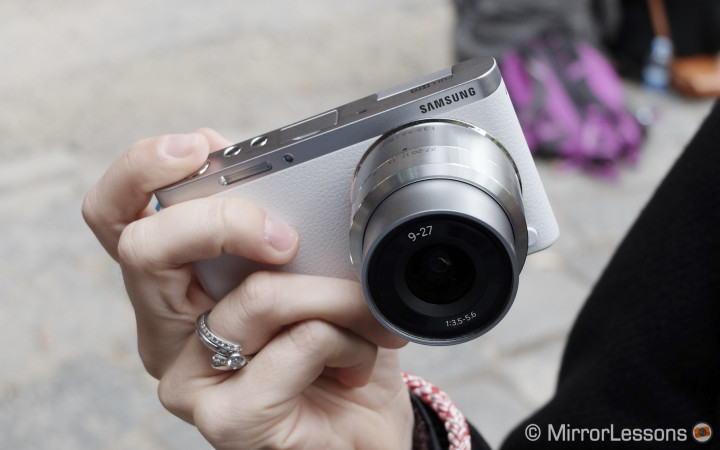
As for external controls, there aren’t really many to speak of as most settings can be changed from the LCD. Next to the shutter button on top, you have the on/off button, WiFi button and a small built-in flash. The rear features a nice thumb grip, a simple 4-way D-pad and a few buttons for basic controls. All in all, it is a very minimalistic camera, and rightly so, considering its target audience.
Perhaps the closest thing you’ll get to manual control is the down arrow on the D-pad, which allows you to adjust aperture, shutter speed, exposure compensation and ISO. It is a bit fiddly for those used to external dials but I doubt smartphone photographers will blink an eye.
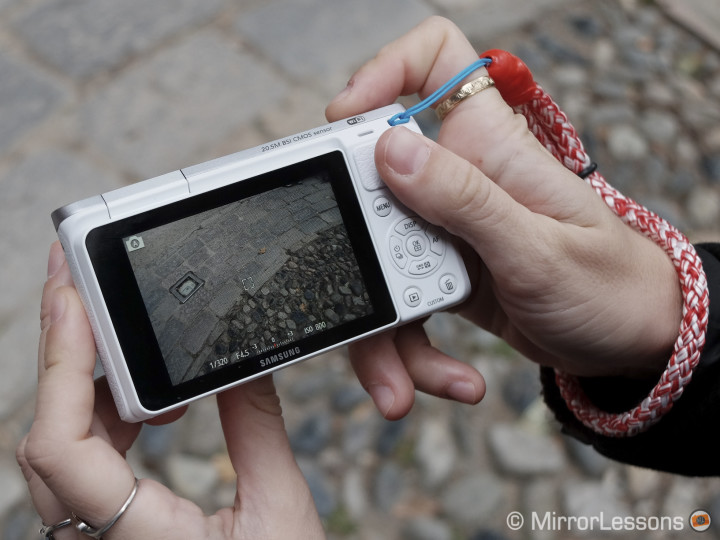
Truly tilt and touch
Besides the obvious size advantage, the coolest part about the NX Mini is the touch-tilt screen. Sure, it is true that many modern-day mirrorless cameras have these two features, but Samsung has their implementation down to a fine art.
First we have the 180 degree tilting feature, which makes taking selfies and group pictures as easy as pie. All you have to do is flip it up, wait for the face-detection feature to lock onto the faces on-screen, and press the shutter button. Doing so will initiate a 3-second countdown that will fill up the entire screen so that even those who are furthest from the camera know when to smile.
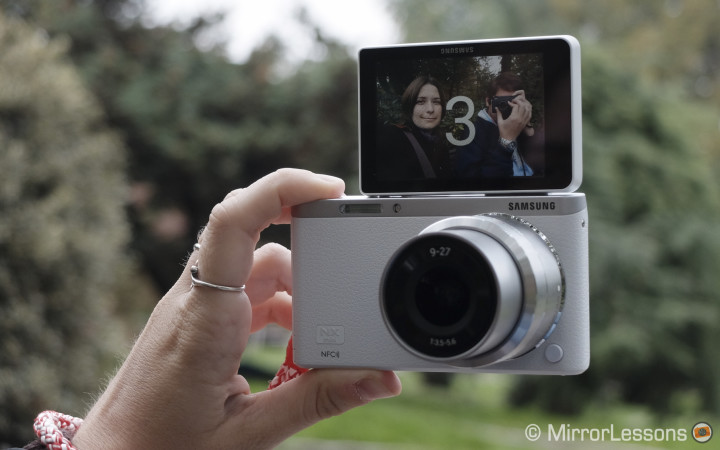
Another obvious advantage of the tilting screen is for taking shots from a low-angle without having to get down on your hands and knees. I found myself using it quite often during the festival to capture musicians from a different perspective or to photograph dogs at face level. I was happy to see that the tilting mechanism is robust, and that the screen is firmly attached to the camera.

The touch features of the NX Mini are also very advanced. You can basically perform any action you want from the touchscreen, something smartphone users (the target audience for this camera) will find both comforting and familiar.
There is an Fn button in the bottom left-hand corner to which you can assign almost any function (I chose ISO), a WiFi/NFC button to the extreme left, and an autofocus button beside it which gives you the following options: off, touch AF, AF point, tracking AF and one-touch shot. I love the fact that it is so easy to access these various options, especially ‘tracking’, a feature that often ends up buried in a sub-menu on other cameras.
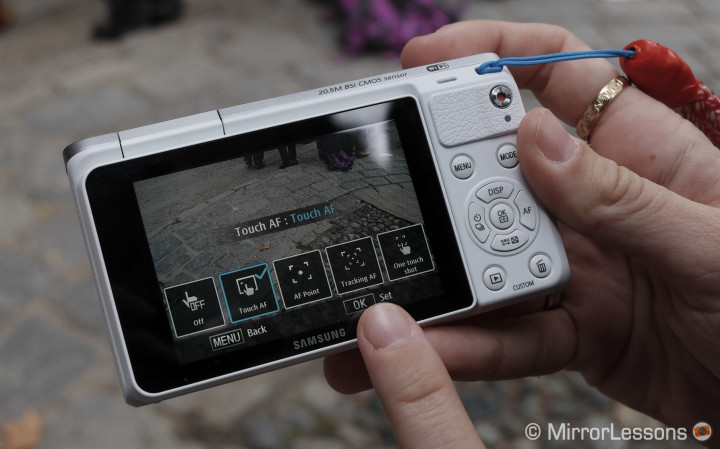
Like on a smartphone, you can sweep between images using your finger and pinch to zoom and enlarge/decrease the AF point. All this, coupled with the perfect sensitivity of the touchscreen, makes for a winning combination.
Image quality at 1-inch
The NX Mini houses a 20.5 MP 1-inch sensor that matches the size of the sensors found in the Nikon 1 series, Sony RX100 series and Sony RX10. Though a direct comparison wasn’t possible, I feel that the image quality is fairly similar to that of the RX100 II we tested in Wales last year.
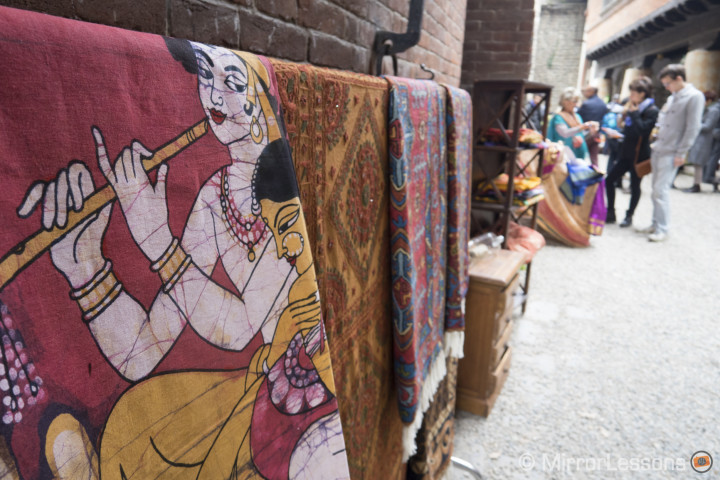
While adjusting the RAW files in Lightroom, I was impressed by the dynamic range of the images. It was quite easy to recuperate details from both the shadows and highlights, though the highlights seemed to retain a little more information.
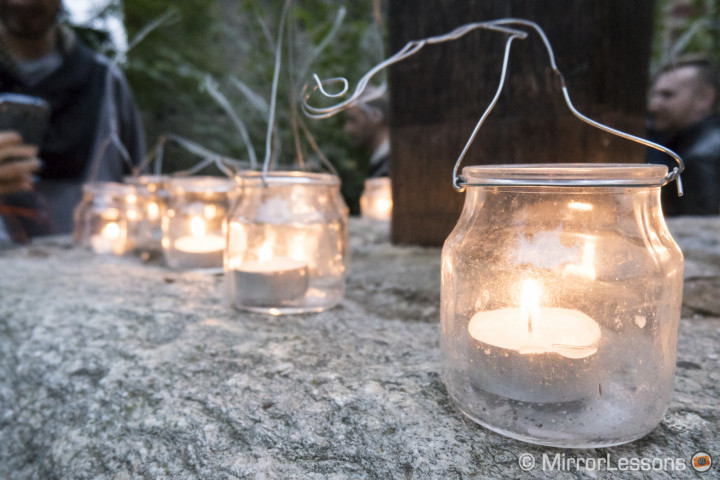
With regards to sharpness, we see very good results up to about 1600 ISO. From there on, some of the images begin to take on a smudgy appearance which, while imperceivable from afar, resembles an oil painting. The effect is present in both RAW and JPG files, as you can see from the two examples below.
Below is a second set of images taken from 800 to 12800 ISO. Overall the sharpness is very good but the smudgy effect is still present in some parts of the image, such as the book pages near the letter C (my point of focus).
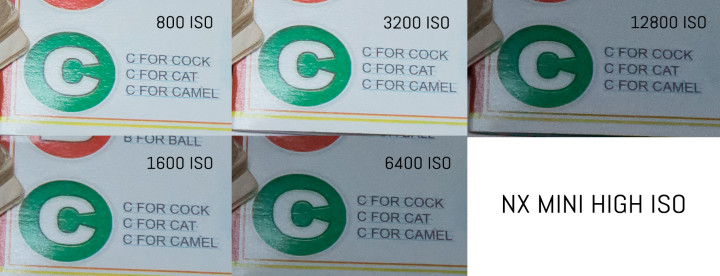
Though it is easy to complain about the lack of sharpness and detail, we also need to keep in mind that we are dealing with a 1-inch sensor here. It may be bigger than your average point-and-shoot sensor but it is still a long shot from what a Micro Four Thirds or APS-C sensor can give you, let alone Full Frame.
A word of warning to Lightroom users: when you import NX Mini RAW files into Lightroom, you will find that the images are all overexposed by about one stop. (The corresponding JPGs, on the other hand, will be correctly exposed.) This is easily fixable by decreasing the exposure by -1 ev.
Slow and steady
Let me begin by saying that speed isn’t the NX Mini’s strong point. From changing the settings to waiting for images to record to the memory card, the overall operational speed of the camera is quite slow. This was especially true when I was outside on a moderately chilly day. On average it took about 3-5 seconds for an image to record, and a couple of seconds plus a few repetitive presses of a button to change the aperture or shutter speed. The speed improved when I went back inside where the environment was warmer.
Note: a faster micro SD card may have improved the write speed.
The autofocus locks onto objects quickly in daylight but suffers much more in low-light situations, which is no different to most other mirrorless cameras. Strangely, the autofocus sometimes had difficulty focusing on objects that should have been easy to lock onto. A good example is the boundary between the yellow chair and the man’s jacket in the photo below. It took a few tries for the camera to give me a positive green signal. However, this only occurred in 5% of cases–the rest of the time, the autofocus worked flawlessly in all daylight conditions.
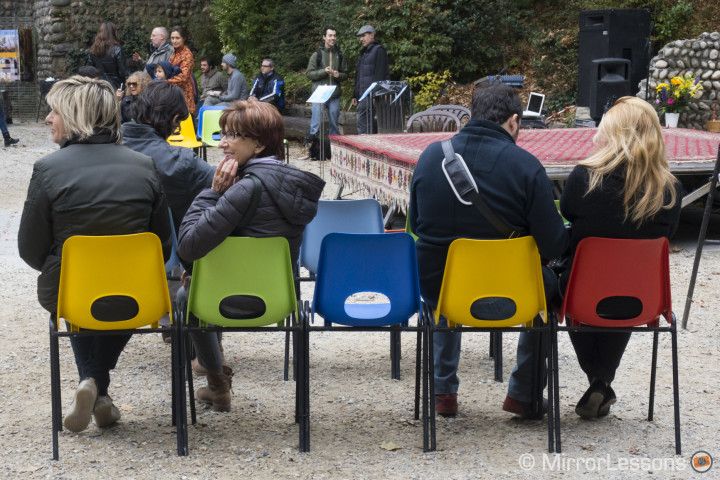
The camera also has an electronic shutter speed of 1/16000 of a second. Being a cloudy day, I never had the chance to test it but I can imagine its usefulness for shots taken with the 17mm f/1.8 prime at its widest aperture in bright sunlight. On the 9-27mm, with its maximum aperture of f/3.5, it is less useful.
Speaking of the 9-27mm zoom…
I personally find it a little odd that Samsung decided to inaugurate their NX Mini mount by releasing both a 9mm f/3.5 prime and a 9-27mm f/2.5-5.6 zoom. Since the fastest aperture remains the same at 9mm, there isn’t any point in buying both unless you really care about keeping the NX Mini as compact as possible for certain occasions.
That said, the 9-27mm is a very compact and efficient little zoom. It features manual control, and covers a fairly good focal range for every-day casual shooting. While the image quality coming from the camera isn’t extremely sharp, it is more than enough for the average smartphone user who has just upgraded. Distortion also seems to be very well controlled.
I wouldn’t call the zoom much of a macro companion, though it’s fine for general close-ups. It can focus as close as about the length of your pointer finger at 9mm, and the width of your hand from thumb to pinky at 27mm. Below is an example of a Indian dress I photographed at the widest angle.
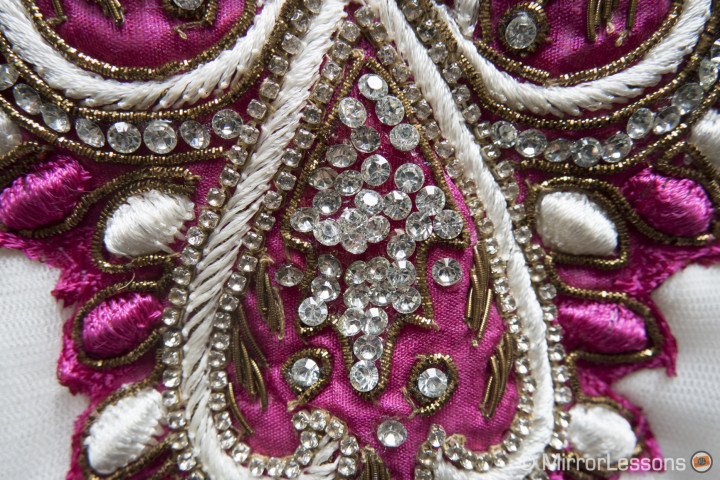
Something that left me feeling ambivalent towards the lens was the inactive-to-on feature. When the lens is completely retracted, you cannot take a photo even when the camera is turned on, so to start shooting, you must rotate it to the widest angle (9mm). Fair enough. The problem is that the “point of resistance” between 9mm and inactive is almost imperceivable. As such, on many occasions, I ended up inadvertently disactivating the lens when all I really wanted to do was extend it to its widest angle.
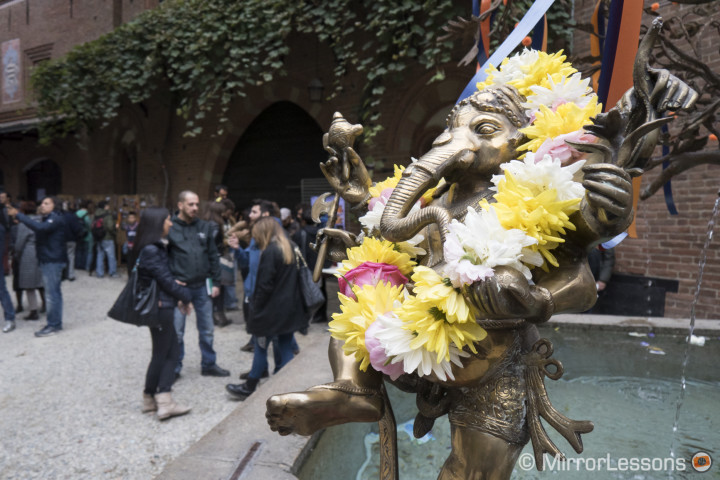
Hopefully the new NX-M mount will see a handful of new lenses for the system soon. For the time being, all we have to choose from are the 9-27mm f/3.5-5.6, 9mm f/3.5 and 17mm f/1.8. For those who already own a Samsung NX camera, there is also a $150 adapter that lets you use NX lenses on the NX-M mount, but doing so will reduce the compactness of the kit.
Internal stabilisation
A surprising aspect about this camera is its great internal stabilisation. I took a series of shots between 1/100 and 1.3 seconds near the end of the festival, and to my astonishment, I was able to achieve an in-focus result even at 0.8 sec. Only at 1 second did the image become slightly blurry. This places the IBIS of the NX Mini on the same level as the likes of the E-M5 and E-M1. Below you can see the final six shots I took in the series.
A social camera
When I first installed the Samsung Smart Camera App onto my iPhone 4 (yes, I know, I’m a luddite), I wasn’t sure what to expect given the mediocre reviews. Happily, I didn’t really have any issues with the app. It was easy to control the camera wirelessly and upload photos to my phone as long as I chose the select images from phone option and not select images from camera–if I chose the latter, both phone and camera would freeze. I’m sure that on a more recent version of the iPhone, this would not happen.
Mathieu and I also managed to transfer an image to Facebook by connecting to his phone’s wireless hot spot. It was simply a matter of navigating to the right photo on-camera, pressing the ‘share’ icon, clicking on Facebook and logging in. Unfortunately, we couldn’t try the NFC function as iPhones do not support NFC.
You can access the WiFi functions of the camera from a number of places including the button on top of the camera body and on-screen.
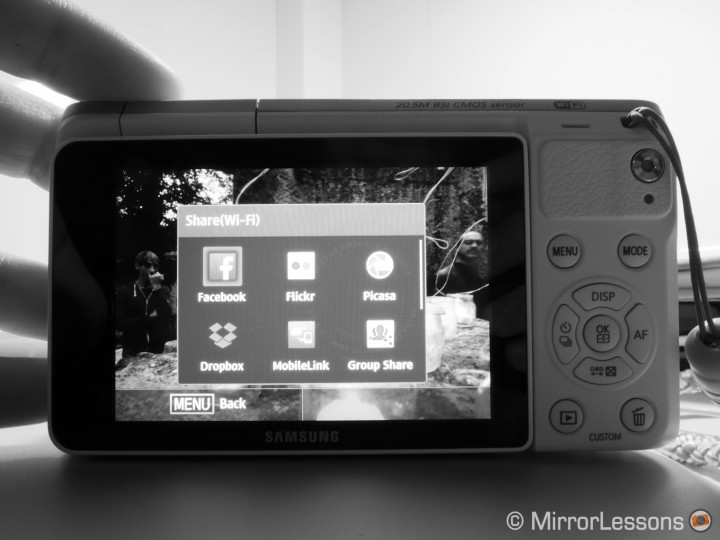
Battery life
Battery life is always hit-and-miss on smaller mirrorless cameras like the NX Mini. It will either die after a few hours of use, or aim to astonish by lasting the entire day. In the case of the NX Mini, I am happy to say that the battery lasted for nearly six hours of moderate shooting and still had two bars out of three to spare. The great battery life may be due to the fact that the NX Mini, after a minute or so of inactivity, automatically turns itself off.
Conclusion
In the end, I only spent a meagre six hours with the NX Mini but I can say that I was very satisfied with my first Samsung experience out in the field. The potential shown by this entry-level mirrorless has only made me more eager to try the high-end models, including the upcoming NX1, which we hope to have in for testing in a couple of weeks.
To whom would I recommend this camera? Most certainly any beginner who desires better image quality than what a smartphone or point-and-shoot can give. The truth is, the NX Mini is one of the best deals on a 1-inch sensor camera out there, especially when you consider that it is interchangeable. The only other camera that comes close to it as far as the pocketable/interchangeable concept goes is the Lumix GM1, which gives you a larger sensor (and thus better image quality) but costs twice as much.
 What I like about the Samsung NX Mini:
What I like about the Samsung NX Mini:
- Very nice construction, portable design and good ergonomics
- Good image quality you’d expect from a 1-inch sensor
- Wonderful touch and tilt screen with perfect sensitivity
- Most efficient ‘selfie’ mode I’ve come across on a mirrorless camera
- Easy to upload to social networks and connect wirelessly to your phone
- Excellent menu and button layout with only the most essential features for beginners
- Great internal stabilisation
- Very long battery life
- Unbeatable price for the value
 What I don’t like about the Samsung NX Mini:
What I don’t like about the Samsung NX Mini:
- Operating the camera is slow, from changing the settings to playing back your images
- Images taken on a smeared appearance at high ISO (RAW and JPG)
- The autofocus is occasionally inaccurate in normal high-contrast daylight conditions
- The ‘inactive to on’ function of the lens is imprecise
- Current lack of lenses for the system
